This baked spaghetti squash recipe is so easy, and the beautiful golden strands can be used in countless recipes. While there are other methods for cooking this squash, oven-baking yields the best results in terms of texture and flavor.
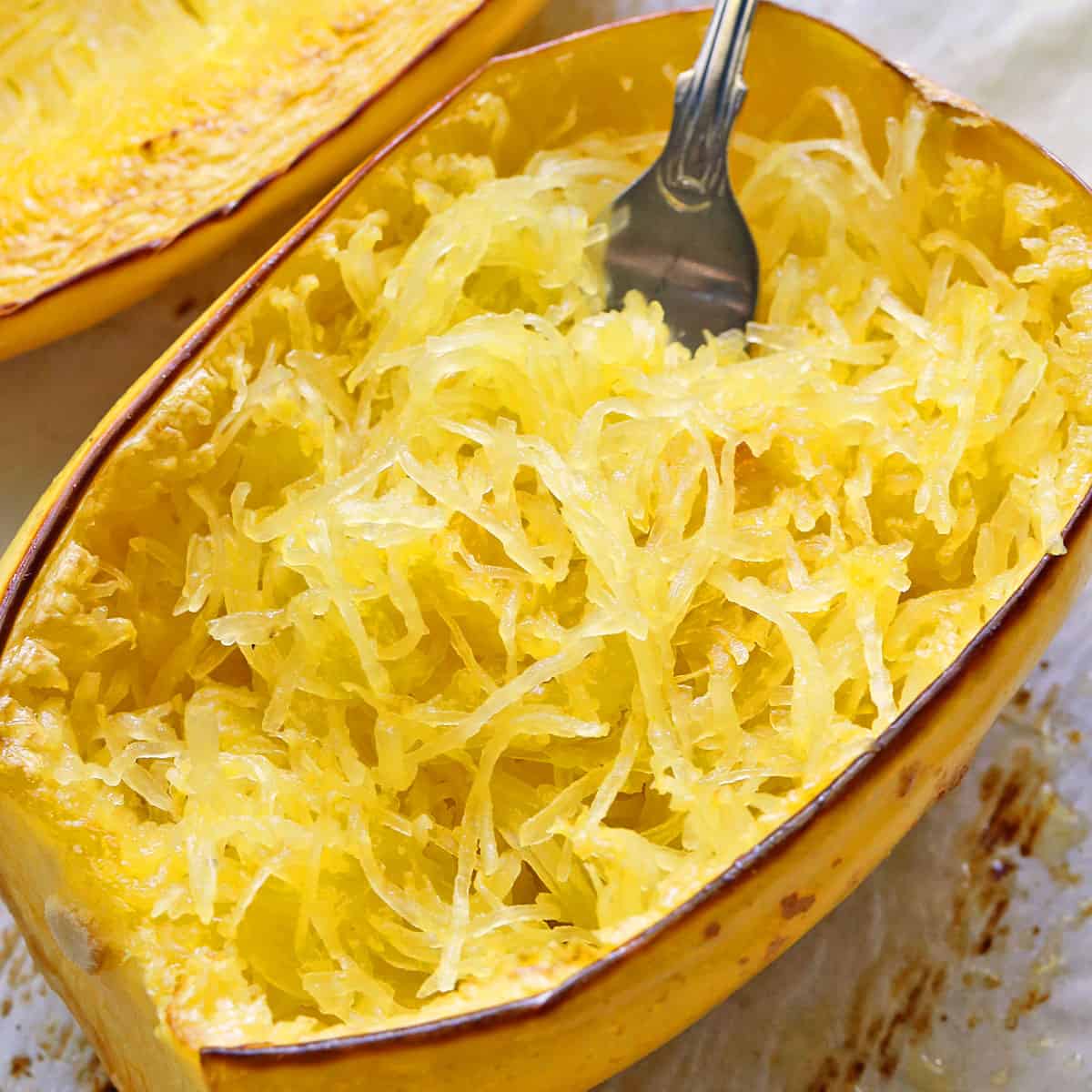
Winter squashes are the perfect cold-weather side dish - they are hearty, flavorful, and filling. I love all squashes, but there's something extra special about spaghetti squash. The way you can run a fork through its cooked flesh and create long, golden noodle-like strands - it's magic! It's one of the most fun squashes to eat, so I make it often.
Ingredients
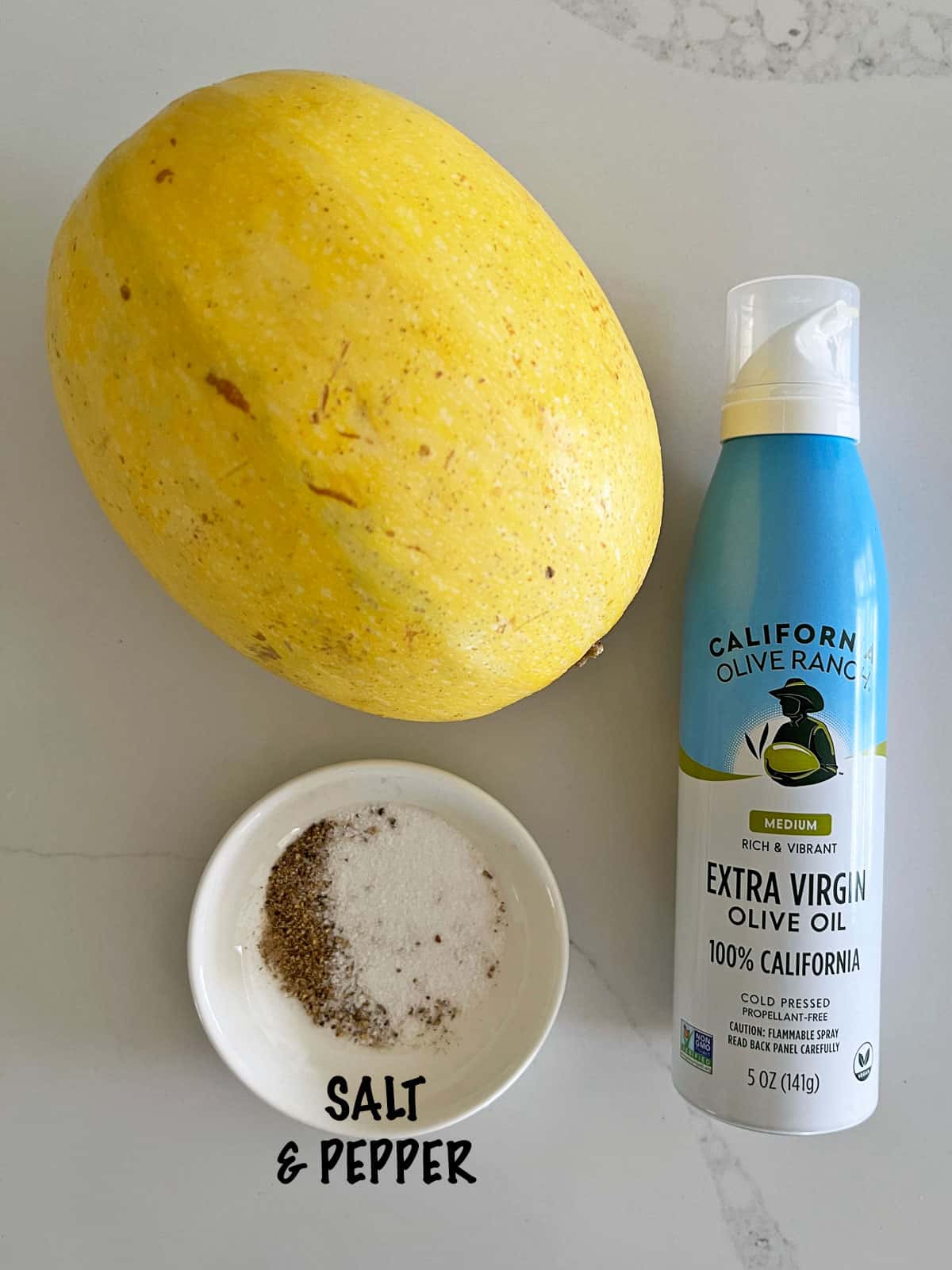
You'll only need four simple ingredients to make this recipe. The exact measurements are listed in the recipe card below. Here's an overview of what you'll need:
Spaghetti squash: I use a small 2-pound one. If you use a larger one, you'll need to adjust the cooking time.
Olive oil: For convenience, I use an olive oil spray.
To season: Salt and black pepper.
Variations
The best way to vary this recipe is to add more spices. So, instead of seasoning the squash with just salt and pepper, you can add a generous pinch of garlic powder and dried thyme.
You can also brush the cut side with melted butter before baking instead of using olive oil.
Methods for Cooking Spaghetti Squash
There are several ways to cook this magical squash. All of them work well, and each has its advantages and drawbacks.
1. Microwave. You can microwave spaghetti squash. This is the easiest method because it saves you from the task of cutting a raw squash. You simply pierce it with a fork, then microwave it whole until it's fork-tender. The drawback of this method is that the strands it produces tend to be on the mushy side.
2. Bake it in a water bath. In this method, you cut the squash, then place the halves, cut side down, in a rimmed 9 X 13 baking dish. Add enough water to come ½ inch up the sides of the baking dish. Cover with foil and bake until tender, about 45 minutes. This method produces a reliably tender, uniformly cooked squash.
3. Oven-bake. This brings me to the method outlined here, of baking the squash directly on a baking sheet. For this method, you cut the squash, then place it cut-side down on greased parchment paper (or you can lightly grease the squash itself). Bake until tender, for about 40 minutes in a 425°F oven.
The third method yields the best texture. The squash comes out perfectly cooked, golden brown and fragrant, and when its flesh is raked back and forth with a fork, the strands are just right - soft but not mushy.
See the photo below - it compares microwaved and baked spaghetti squash. This side-by-side comparison demonstrates that the baked strands are firmer than the microwaved ones:
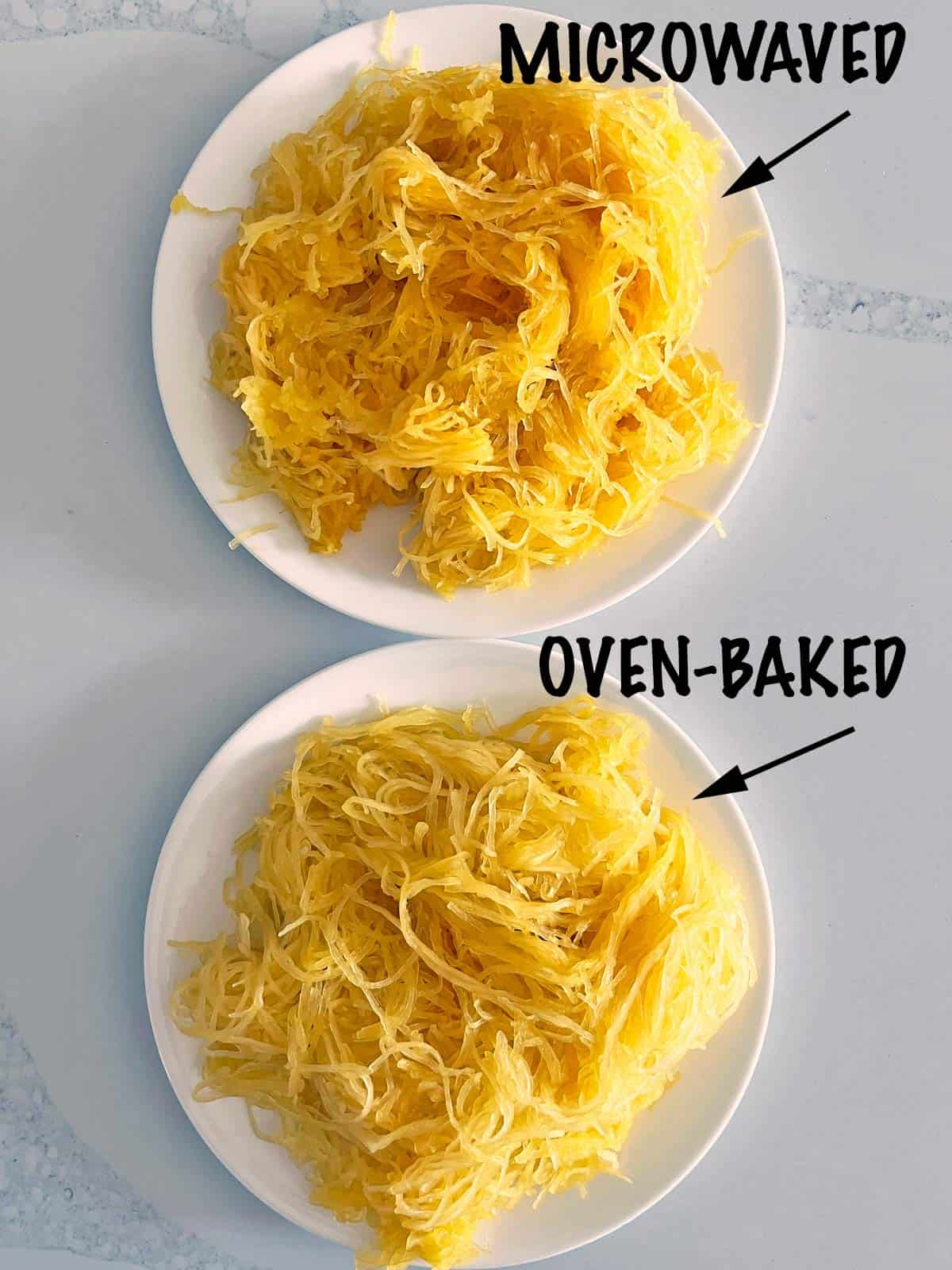
Instructions
The detailed instructions for baking spaghetti squash in the oven are listed in the recipe card below. Here's an overview of the steps:
Pierce the squash in a few places with a fork and microwave it for just one minute to slightly soften, then cut it in half. Using a large metal spoon, remove the seeds and pulp.
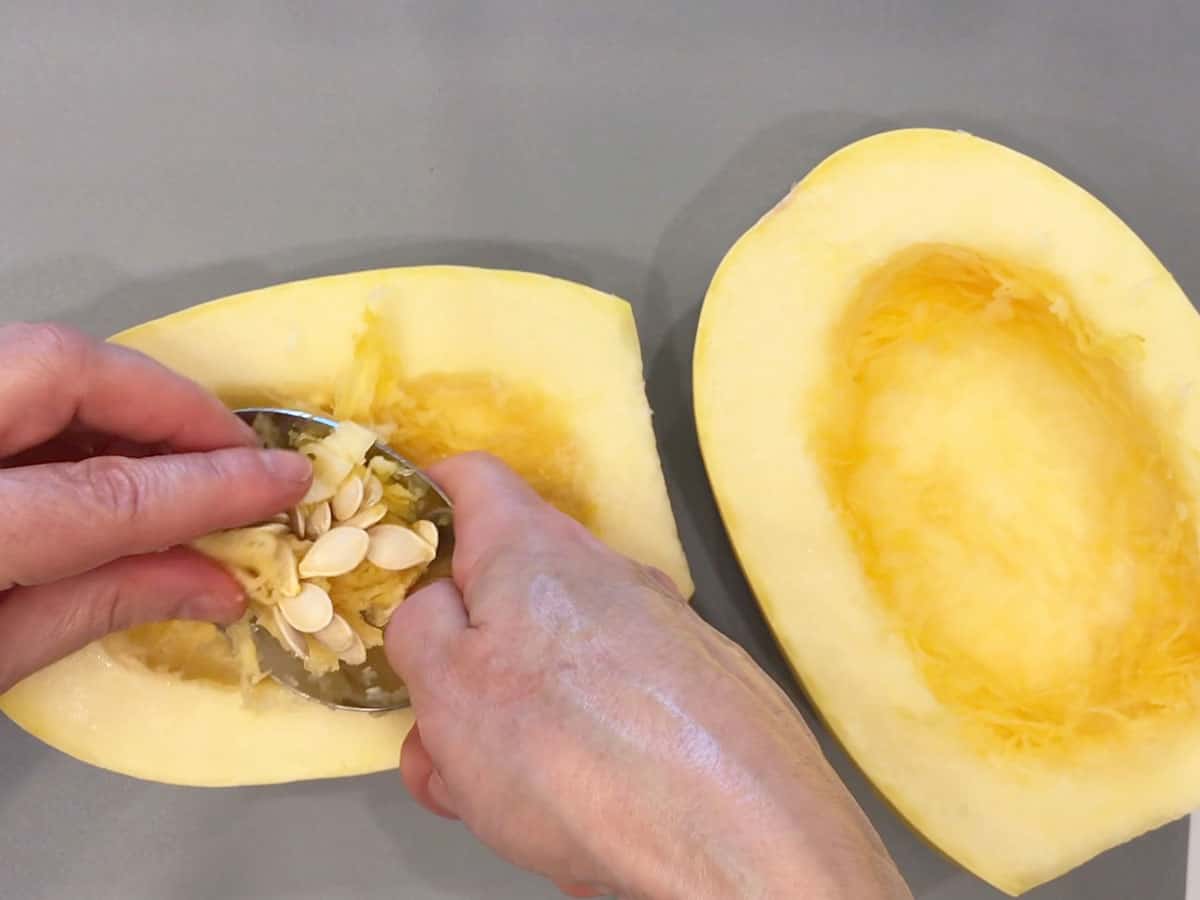
Lightly spray the cut side with olive oil and, if you wish, sprinkle it with salt and pepper. Place the squash halves, cut side down, in the prepared baking dish. Bake them until fork-tender, for about 40 minutes.
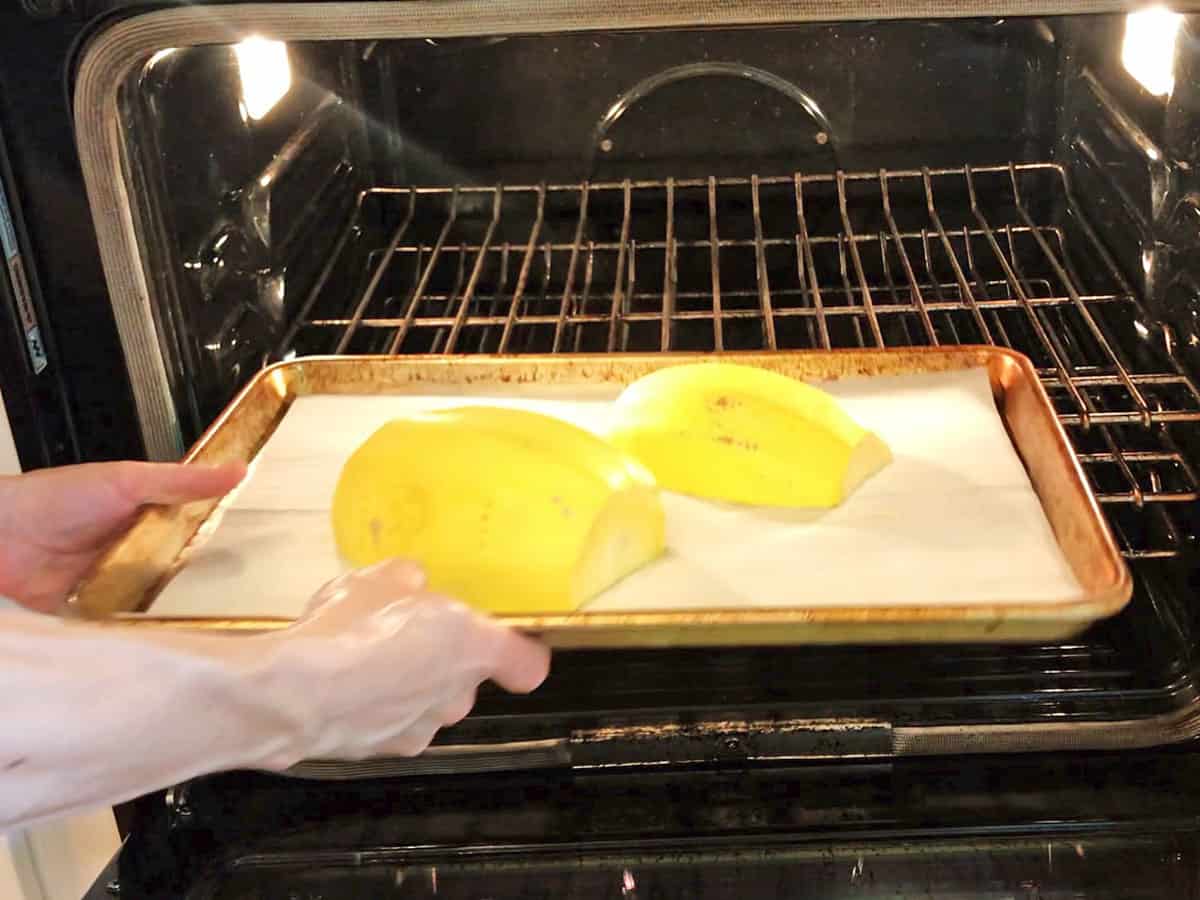
Transfer the cooked squash to a cutting board and allow it to cool until easier to handle. Rake a fork back and forth across the squash to remove its flesh in strands, transferring the strands to a bowl.
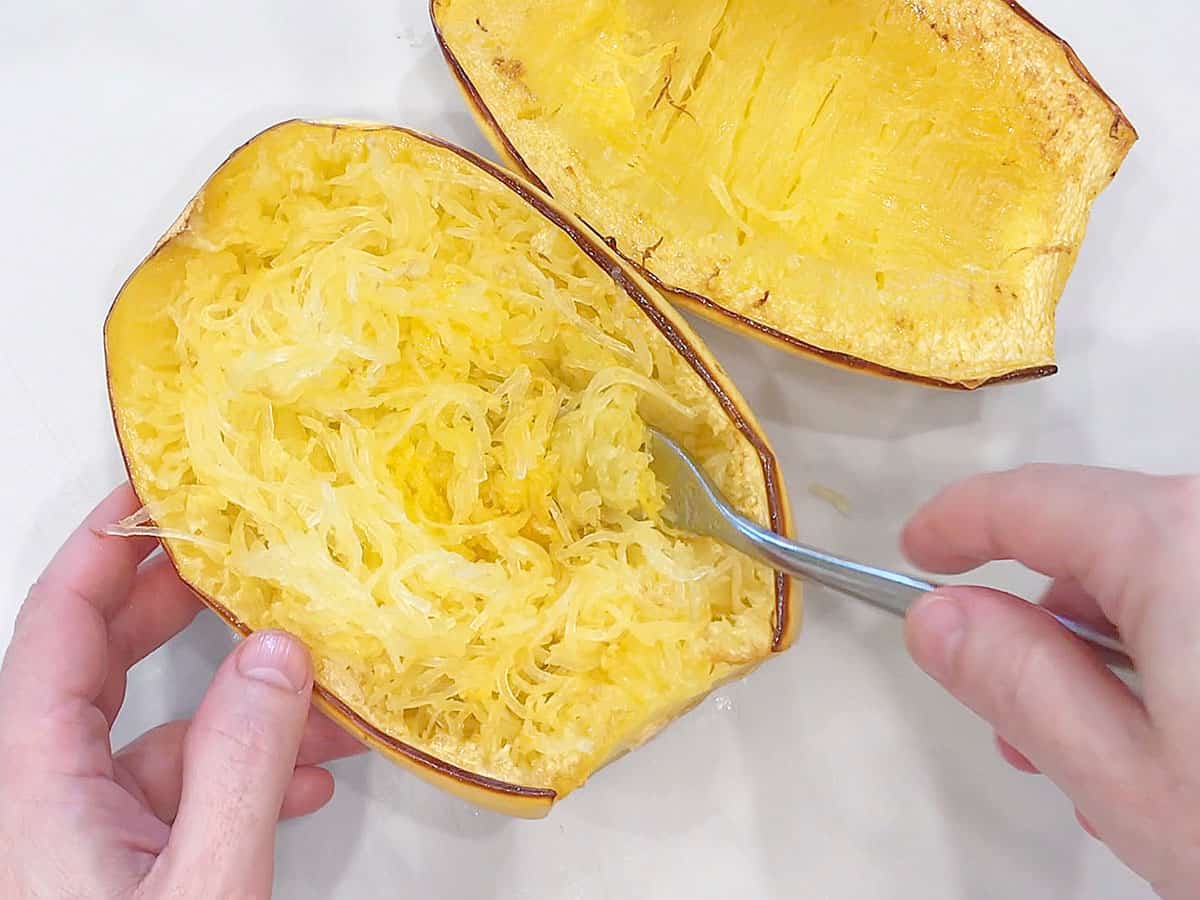
Expert Tip
The need to cut the squash before baking is why I often choose the microwave method, which saves me from cutting it raw. It's not easy to cut squashes - their skin is thick and hard. You need to be very careful when doing it.
One trick I have learned over the years is to microwave the squash for just a minute or two, depending on its size. This ever so slightly softens the skin, making the task of cutting it less onerous.
Once you've slightly softened the skin, but without actually cooking the squash, place it on a sturdy cutting board and work very carefully. First, using a large, freshly sharpened knife, slice off the stem end of the squash. Then stand the squash upright on that flat end and carefully use the knife to slice it in half lengthwise.
Phew! That was the difficult part, but you're still left with the slightly annoying task of removing the pulp and seeds - do that with a large metal spoon.
Recipe FAQs
The best way to prevent the squash from being soggy is to bake it in the oven. If you bake it for just the right amount of time, as explained in the recipe card below, you'll get perfect strands - tender but not overcooked.
It's just like pasta - you want it al dente, so timing it right is the secret. Just like overcooked pasta, overcooked spaghetti squash is mushy.
If you can pierce the flesh easily with a fork, it's done and should be immediately removed from the oven.
The recipe below suggests baking it for 40 minutes, but it's a good idea to start checking after 30 minutes to ensure it won't be overcooked. Some ovens run hot.
Yes, absolutely. Although the strands won't be as perfect as when they first emerge out of the oven, you can reheat them in the microwave or in a 350°F oven.
In fact, if your squash ends up mushy, spreading the strands evenly on a baking sheet and reheating them in a 350°F oven is a good way to improve their texture.
Serving Suggestions
You can simply enjoy the squash as is as a side dish - and if that's what you plan on doing, I recommend you brush it with melted butter and sprinkle it with salt, pepper, and garlic powder before baking it.
You can also top the strands with meatballs - see this spaghetti squash and meatballs recipe, or with meat sauce - check out this spaghetti squash with meat sauce recipe.
Another option is to use the strands as a bed for saucy dishes such as beef stroganoff, pulled chicken, Thai chicken curry, shrimp curry, or chicken chili.
Storing Leftovers
You can keep the leftovers in the fridge, in an airtight container, for 3-4 days. They keep quite well and reheat well.
If you're not going to use them in another recipe, you can simply reheat them in the microwave. You can also reheat them in a 350°F oven until heated through.
You can freeze the leftovers in freezer bags for up to three months. Thaw them overnight in the fridge, then reheat them in the microwave or in the oven.
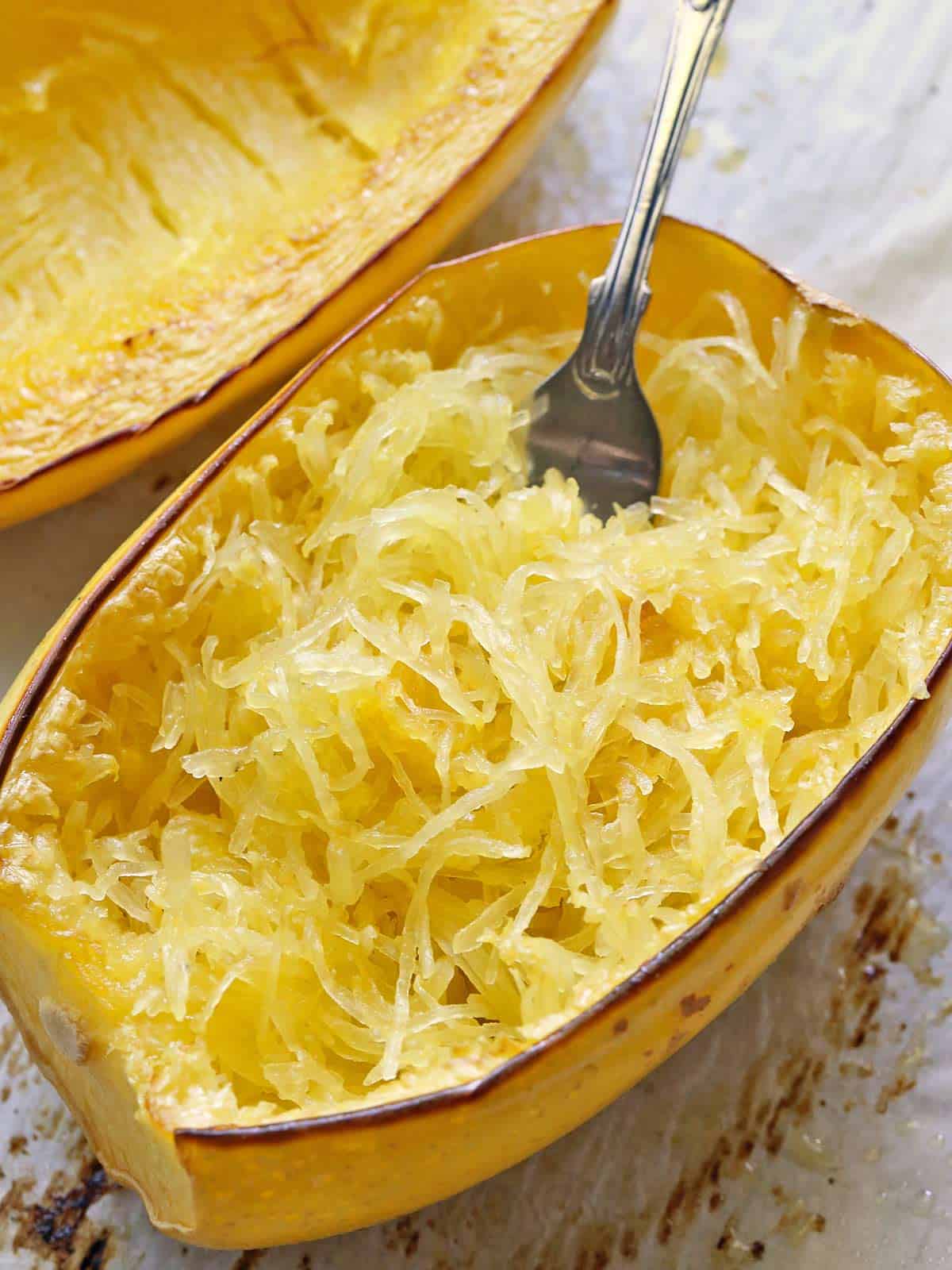
More Spaghetti Squash Recipes
Eat Well, Live Well Newsletter
Sign up for weekly meal ideas, cooking tips, and real food recipes straight to your inbox! We won't send you spam. Unsubscribe at any time.
Recipe Card
Easy Baked Spaghetti Squash
Video
Ingredients
- 1 spaghetti squash - small, 2 pounds
- Olive oil spray
Optional:
- ¼ teaspoon salt
- ¼ teaspoon black pepper
Instructions
- Preheat your oven to 425°F. Line a rimmed baking dish with high-heat-resistant parchment paper.
- Pierce the squash in a few places with a fork and microwave it for 1 minute to slightly soften.
- Using a large, sharp knife, cut the squash in half lengthwise. Place it on a sturdy cutting board, and work very carefully. First, slice off the stem end of the squash, then stand it upright on this flat end and carefully use your knife to cut it in half.
- Using a large metal spoon, remove the seeds and pulp.
- Lightly spray the cut side with olive oil and, if you wish, sprinkle it with salt and pepper. Place the squash halves, cut side down, in the prepared baking dish.
- Bake the squash until fork-tender, for about 40 minutes.
- Transfer the cooked squash to a cutting board and allow it to cool until easier to handle, for about 10 minutes.
- Rake a fork back and forth across the squash to remove its flesh in strands, transferring the strands to a bowl. Use as a side dish (try mixing melted butter, garlic granules, and grated parmesan into the hot strands) or as the basis for other recipes.
Notes
- The reason I microwave the squash briefly before baking it is that it slightly softens it, making it easier to cut.
- Overcooked spaghetti squash can become mushy, so start checking on it after about 30 minutes in the oven. As soon as it can be easily pierced with a fork, pull it out of the oven.
- Like most cooked leftovers, you can keep the cooked squash strands in the fridge, in an airtight container, for 3-4 days. Although the strands won't be as perfect as when they first emerged from the oven, you can reheat them in the microwave or in a 350°F oven. In fact, if your squash ends up mushy, spreading the strands evenly on a baking sheet and reheating them in a 350°F oven is a good way to improve their texture.
Nutrition per Serving
Save this Recipe!
We will also add you to our weekly newsletter. Unsubscribe anytime. See healthyrecipesblogs.com/privacy/ to learn how we use your email.
Disclaimers
Most recipes are low-carb and gluten-free, but some are not. Recommended and linked products are not guaranteed to be gluten-free. Nutrition info is approximate. Please verify it independently. The carb count excludes non-nutritive sweeteners. Please read these Terms of Use before using any of my recipes.


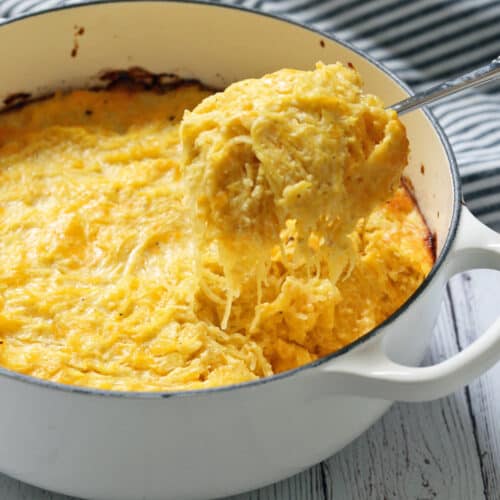


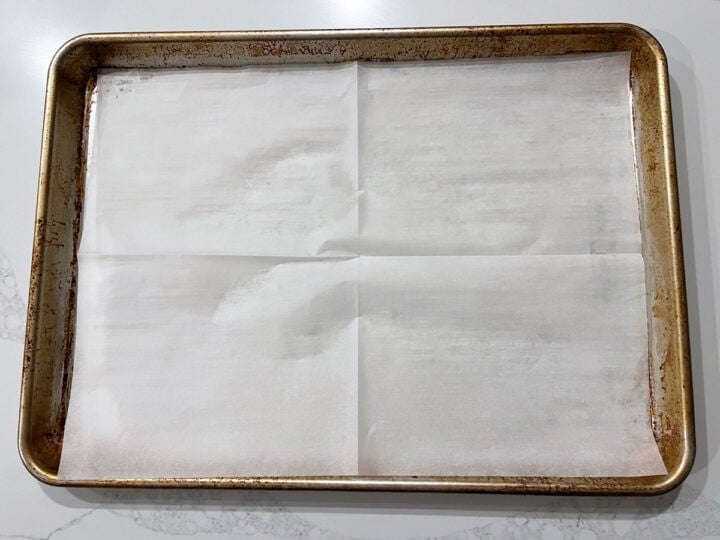
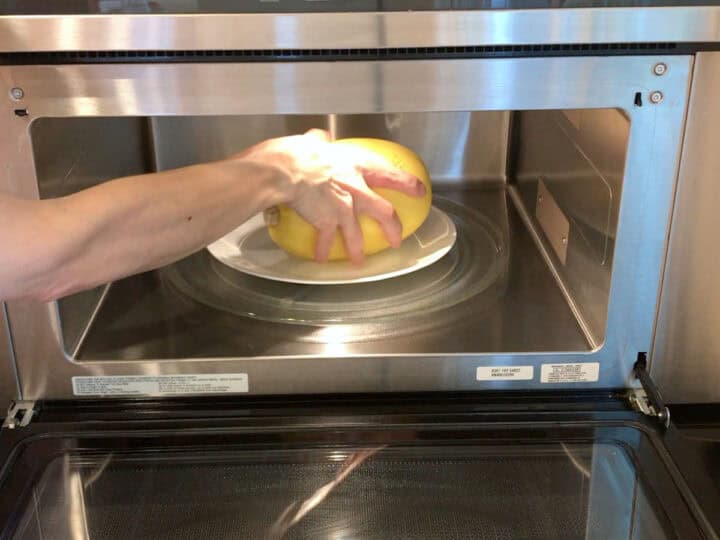
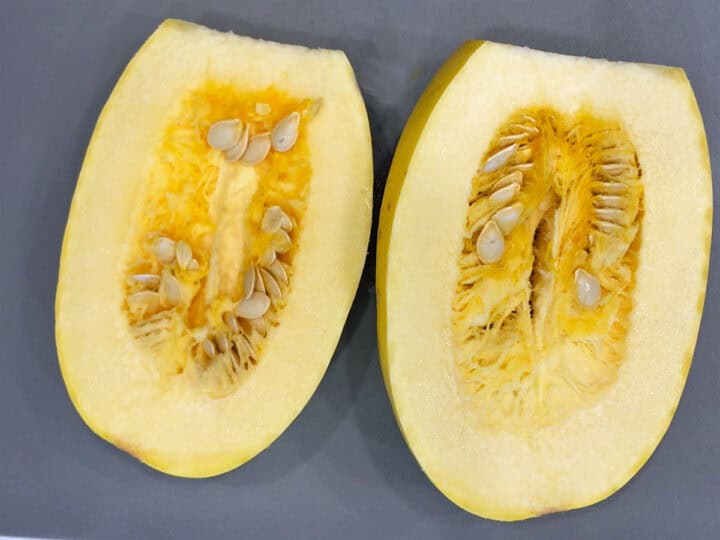
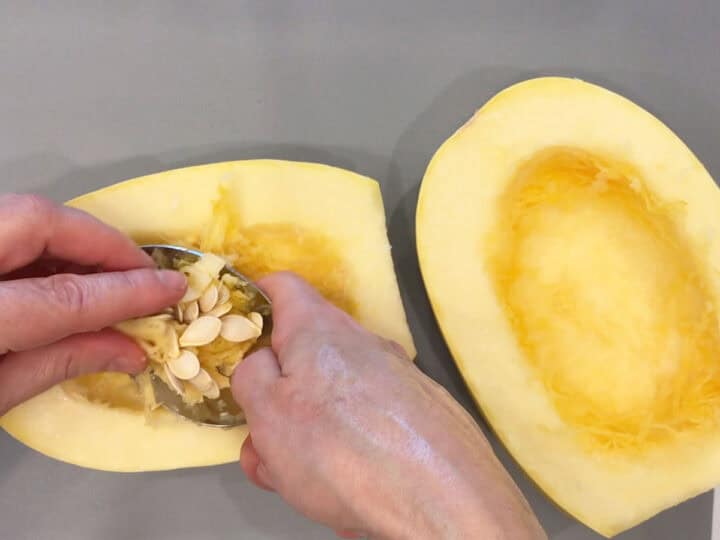
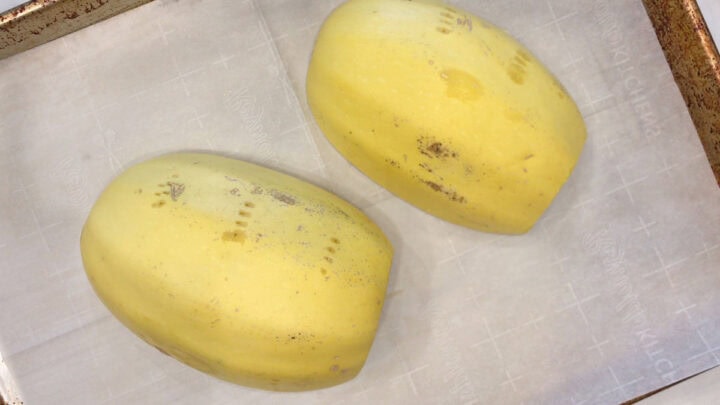
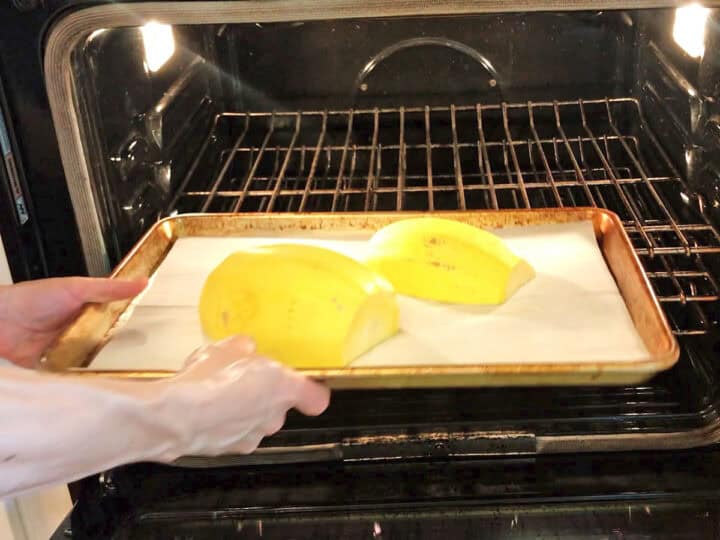
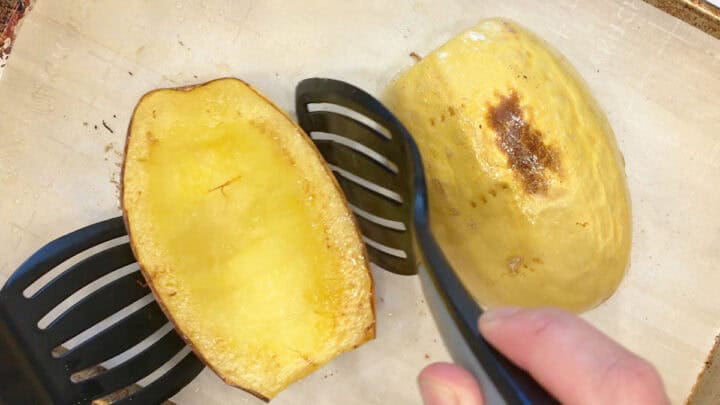
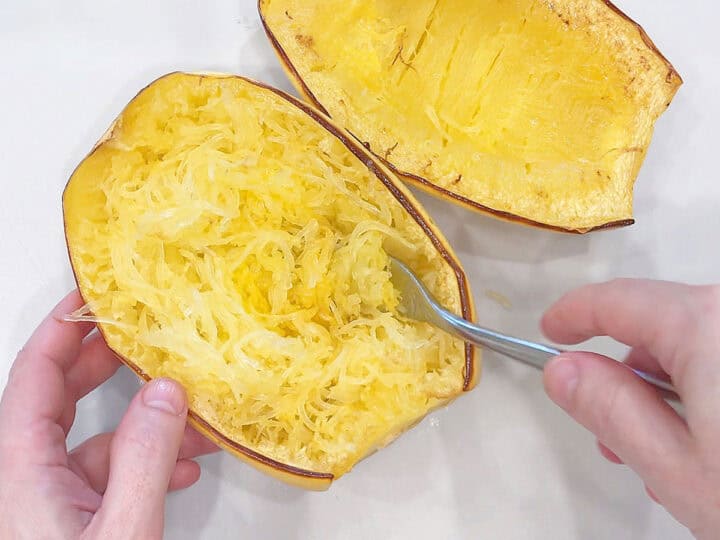
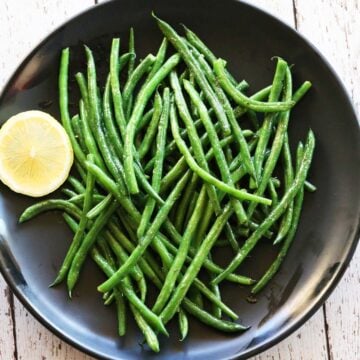
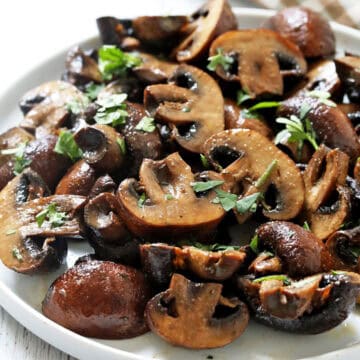
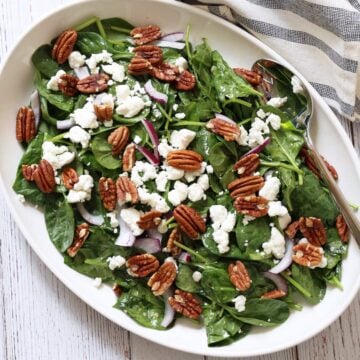
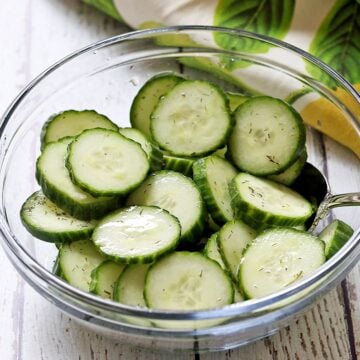
Elle says
This recipe is so easy and produced perfect, tender squash noodles! I did cut crosswise rather than lengthwise due to personal preference but otherwise followed recipe exactly. Topped with a homemade meat sauce — so perfect and a great way to feel like you're eating a big bowl of pasta without the extra carbs!
Vered DeLeeuw says
Glad you liked it, Elle! Thank you very much for the review.